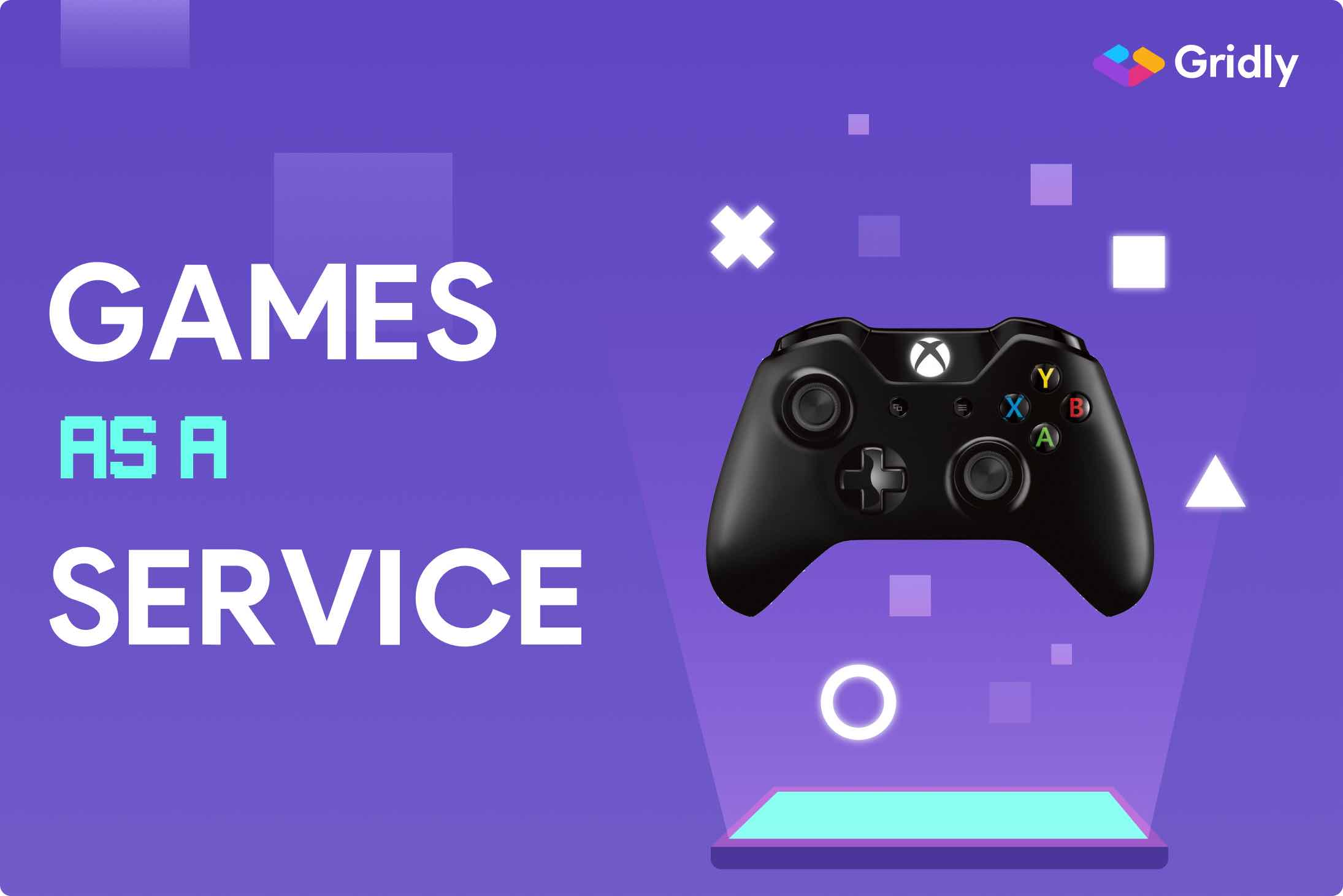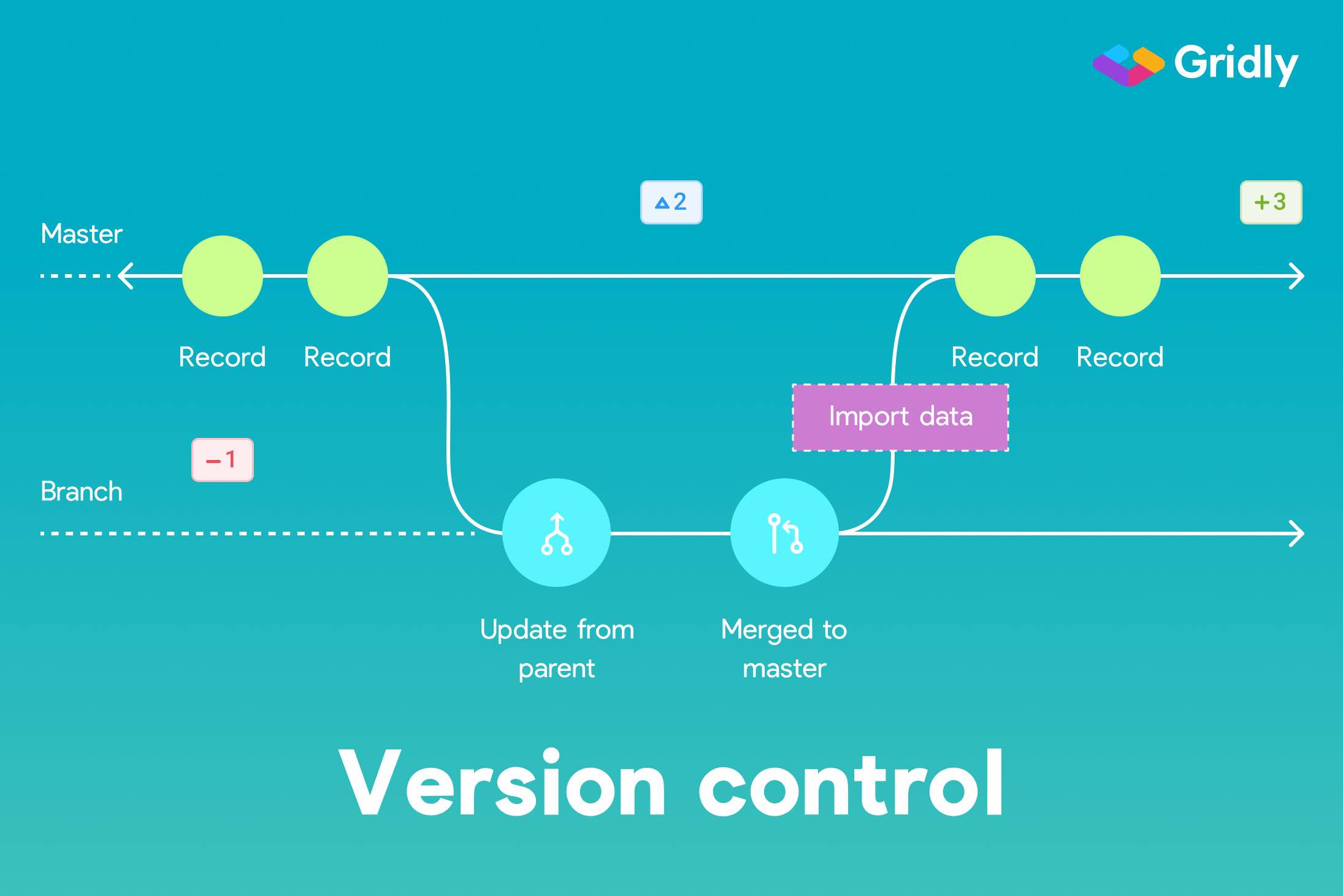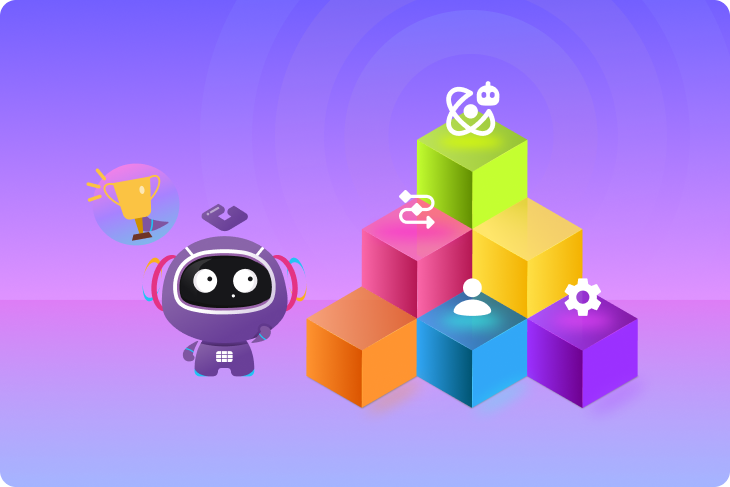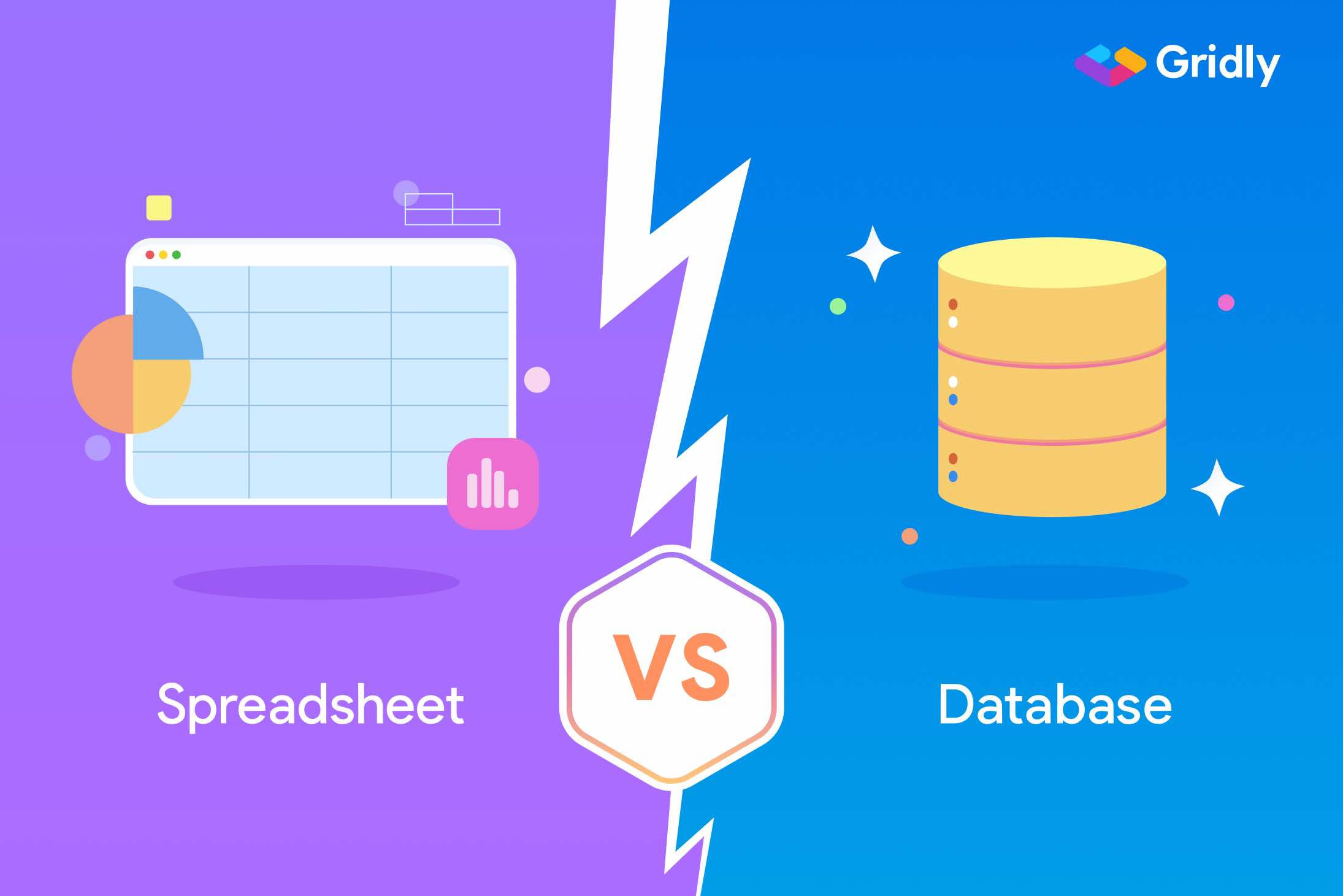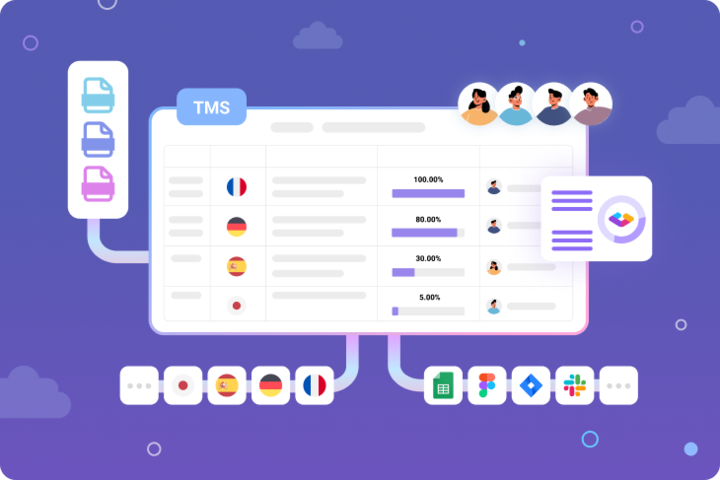Games-as-a-Service (GaaS) is a big-league trend in the games industry that already tripled the industry value. Subscription-based gaming is on the rise and cloud gaming growth is expected to reach USD 7.24 billion by 2027. But what makes Games-as-a-Service so popular? And what are the pitfalls for the game devs who decide to develop GaaS titles? Let’s dig into the details.
What is Games-as-a-Service?
Games-as-a-Service (GaaS) is a business model that allows game developers to monetize video games after release in the long run. It’s achieved by the games being updated frequently with new experiences and offered to the players on a subscription basis or in the form of in-game purchases.
Sometimes, GaaS gaming is used irreplaceably with “cloud gaming,” “gaming on demand,” “live service games” or “game streaming” since the majority of the video games played nowadays are stored and run on the remote servers and streamed to the gamers’ devices.
What is the main difference between traditional video games and Games-as-a-Service?
Traditional games are typically a single ship release, based on a pay-to-play business model. As the Games-as-a-Service definition suggests, the video games are “served” to the players rather than sold once.
A game as a service is published once and updated afterward regularly, often weekly. These updates can include new events, missions, areas, levels, modes, assets, etc. Their game monetization model is based on microtransactions. As a result, instead of passing all the levels at once and abandoning the game, players have a reason to get back to the same title regularly.
Which game companies employed the GaaS model
The earliest games-as-a-service example includes an MMO World of Warcraft, released by Blizzard Entertainment in 2004. With a monthly subscription of $14.99, in 2024 the game had close to 7.5 million active subscribers and generated $9.23 billion since its launch. This revenue stream allowed the company to enhance the game with constant content updates.
Amongst the best games as a service are Destiny, Hunt: Showdown, Overwatch, Madden, and Candy Crush. Fortnite by Epic Games can be considered as a game as a service too, even though it’s a free-to-play game. The studio generates revenue from the microtransactions: cosmetic add-ons (animations, costumes, accessories), unique features (“Battle Pass”), and so on. As of 2024, there are now approximately 650 million registered Fortnite players. On an average day, 1.1 million users play Fortnite (Oct 2023).
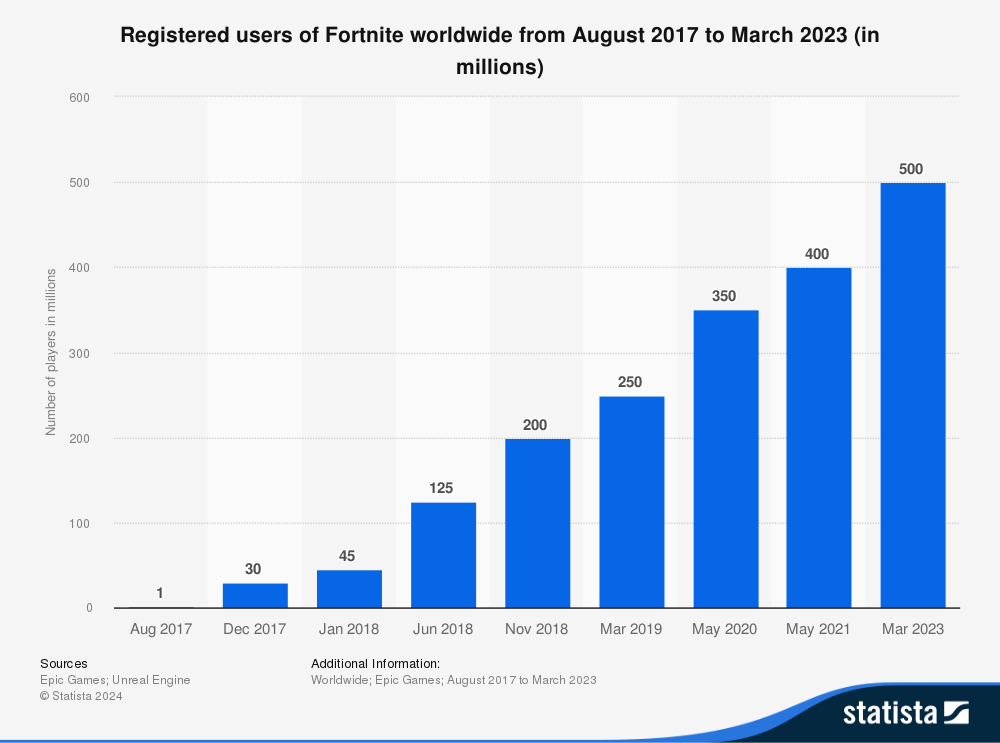
In 2018, Ubisoft announced that the company would move towards GaaS as this model is less dependent on the new releases. Instead, they will focus on post-release support and building and developing the community around these titles.
The benefits and hindrances of video game services for players
For the gamers, playing GaaS titles means that they can split the payments (not to pay upfront) and, thus, try more games with the same budget.
The risks are mainly associated with the game discontinuation, unavailable updates, and support even if they like the game (however, this is a rare case).
What are the pros and cons of the Games-as-a-Service business model?
From the game dev industry perspective, maintaining and supporting Games-as-a-Service has several advantages and disadvantages. As user acquisition costs have skyrocketed, user retention is key to game success. To keep players and users around developers are managing their games as services and constantly evolve their product.
Games on demand have some obvious advantages for the game developers:
Benefits of Games-as-a-Service
- Earlier release. No need to develop the game for years before it’s finally launched. Instead, the game developers can get feedback early, and tweak their project according to the audience’s comments and wishes.
- Continuous revenue stream. Game development studios and indie developers are less dependent on the one-time purchase. Instead, they may plan for the long-term monetization strategy.
- The extended life span of the game. With more games appearing on the market every day, users tend to drop games easier. According to some estimates, most users drop mobile apps within three days. Without regular updates, the games get bored easier and download something new. On the contrary, the longer the users play the game, the higher chances are they convert into loyal customers. GaaS business model helps game developers build long-term relationships with their audience and prolong the game lifespan.
The disadvantages of the GaaS model for game studios are as follows:
Challenges of Games-as-a-Service
- Constant updates are needed, sometimes every week. Thus, it’s important to keep the track of updates and make sure that the content is not changed by unauthorized users. Version control and change tracking are essential to maintain update history and prevent unauthorized modifications. Not to mention that the game updates should be pushed out to the game in multiple languages at the same time.
- Harder to manage multilingual content. Development, localization, QA, and marketing involve a lot of stakeholders who need to work simultaneously on the in-game and out-game content. For GaaS titles targeting global markets, establishing a streamlined game localization process becomes crucial for managing frequent content updates across multiple languages. Agile localization workflows and procedures are essential. If the game was developed in a non-English language or its localization process includes other steps such as copywriting or legal approval, the pivot translation or multi-step localization workflow should be employed.
- Shorter production and QA cycle. Bugs, errors, and edits are common, and it’s important to keep the data in one place as a single source of truth. For multi-language games, incorporating localization quality assurance (LQA) tools into the development pipeline is also recommended to prevent translation bugs that are often overlooked during crunch time.
- Community building. Games-as-a-Service are dependent on their users and require a higher level of user engagement. Thus, it’s important to have a team that would communicate with the gamers, collect feedback, notify them about updates, etc.
The life cycle of the game subscription services
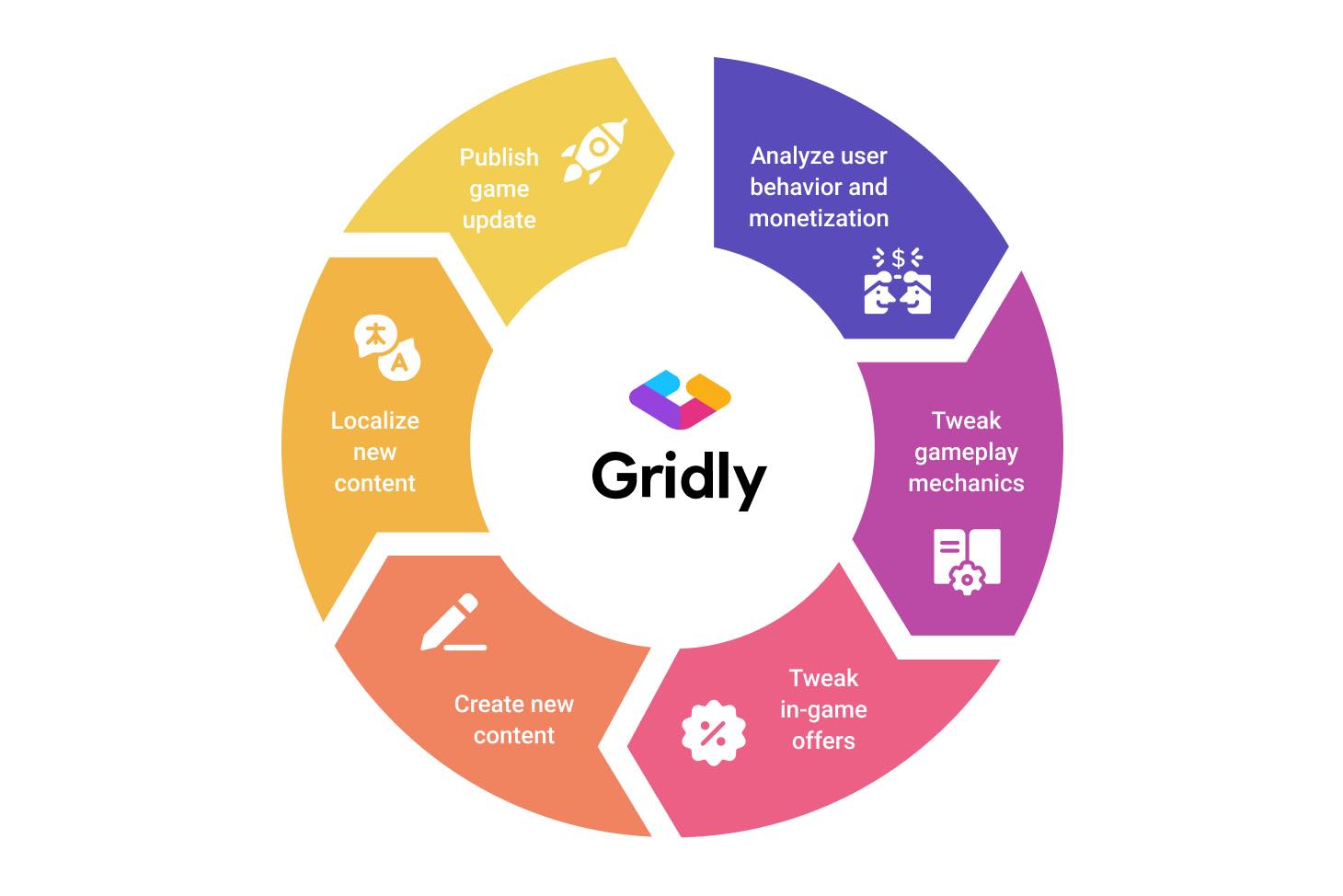
The GaaS development cycle
The development cycle of Games-as-a-Service consists of the following steps:
- The initial release of the game
- Analysis of the user behavior and monetization
- Changes to the gameplay mechanics as the reaction of the users’ feedback
- Tweak of the in-game offers (e.g. A/B tests of the game assets)
- Creation of the new content
- Localization & QA of the updated content
- Publishing of the game updates
This cycle leads to a spinning wheel of updates, which moves faster and faster, especially for the developers on a weekly release schedule. Managing these big updates under tight deadlines can be challenging.
For studios targeting international markets, utilizing a robust game localization platform becomes essential to handle the rapid content cycles that GaaS titles demand. This approach allows teams to streamline multilingual content updates, maintain consistency across markets, and deliver synchronized global releases without sacrificing quality or missing critical launch windows.
This is where Gridly comes in! Gridly is an all-in-one localization platform that centralizes content management, translation workflows, and project coordination to help you localize efficiently. Sign up for a free 14-day trial or schedule a demo to see how Gridly in action.
Are GaaS video games a trend or a fad?
Since Games-as-a-Service have been with us for over a decade, one may say that they are going to stay for a long time. The streaming games trend is anticipated to continue with the development of 5G when even advanced games can be played on devices with low computing power.
Furthermore, leading game publishers started cooperating with telecommunication companies to “deliver cloud gaming services globally.” For example, Microsoft partners with the largest mobile operator in South Korea, SKT, to expand its Xbox’s cloud gaming service to Asian players. Thus, we may expect that more and more developers will select GaaS as their preferable business model.
